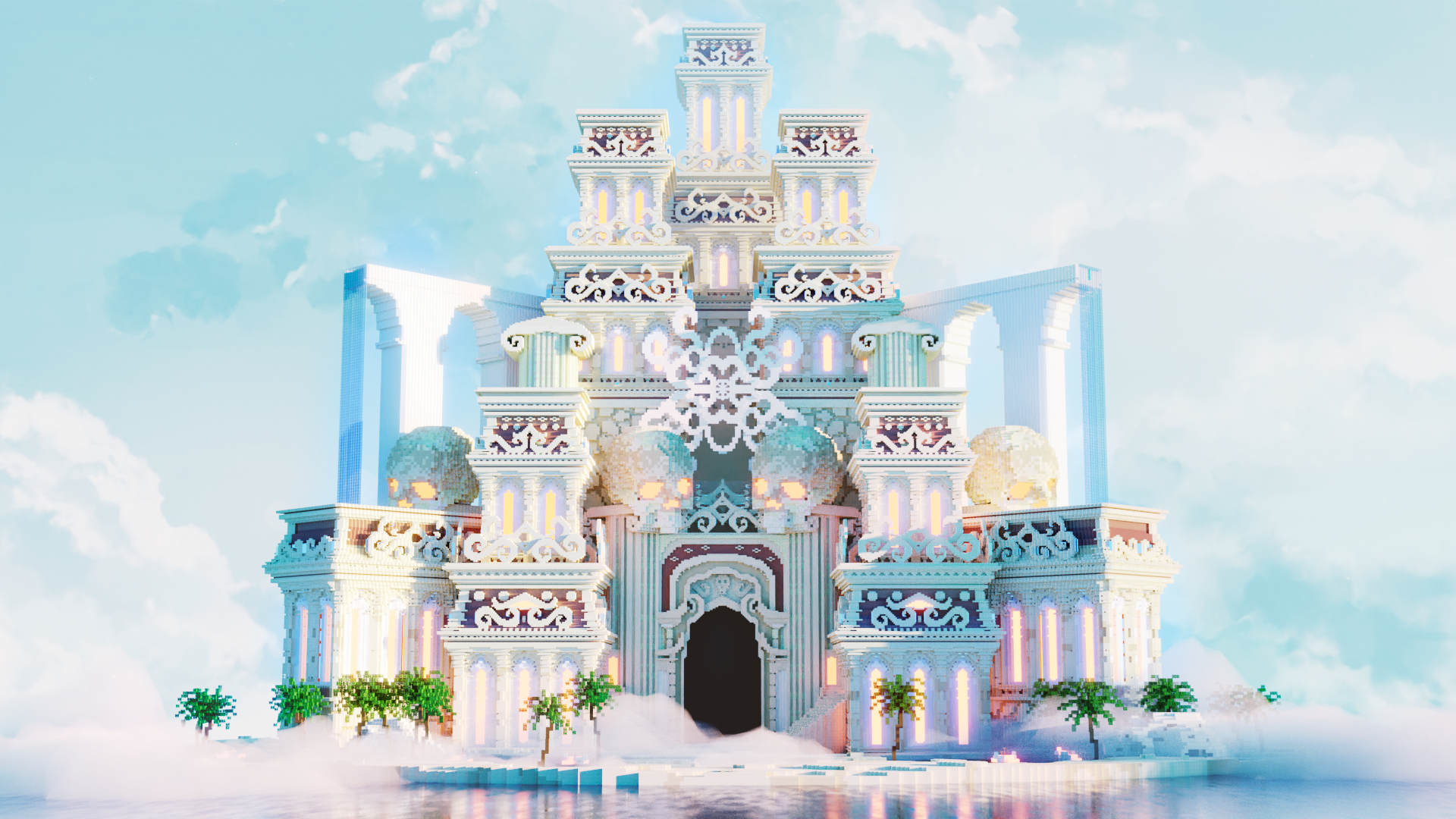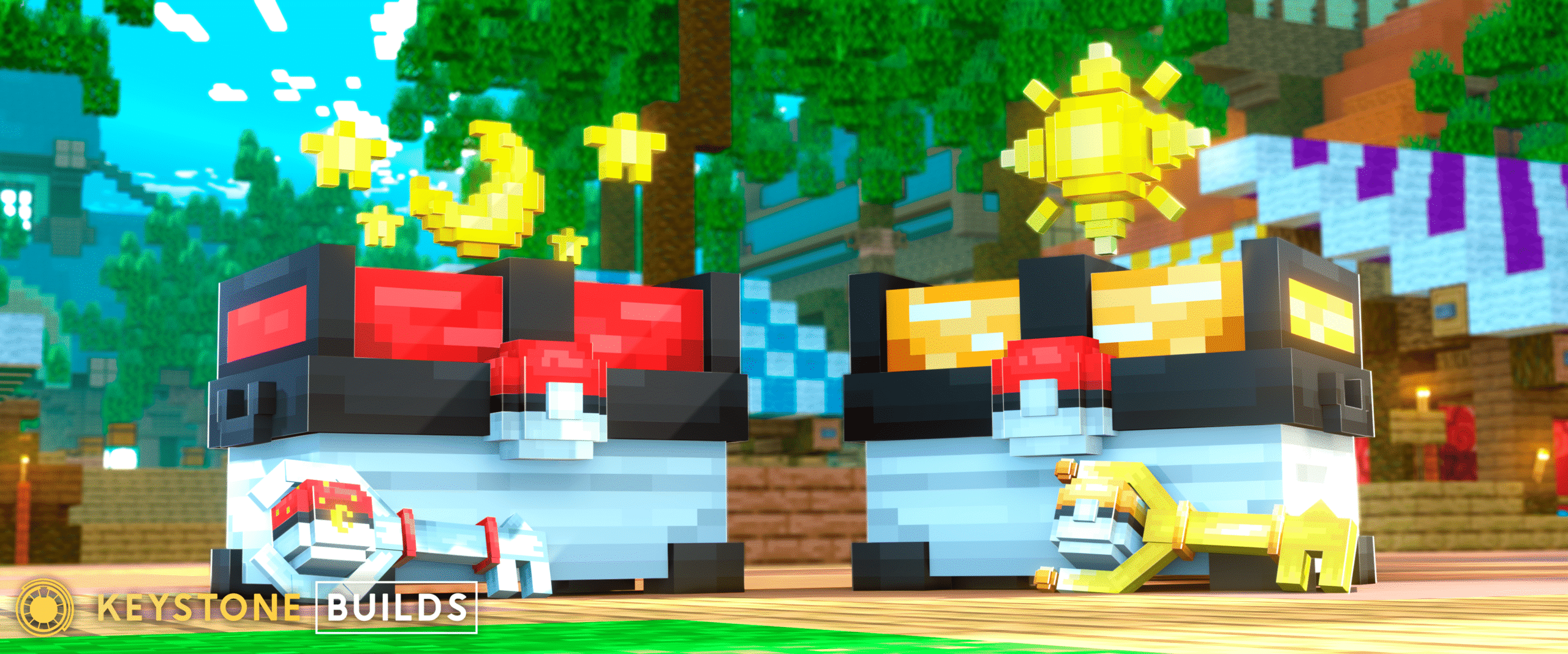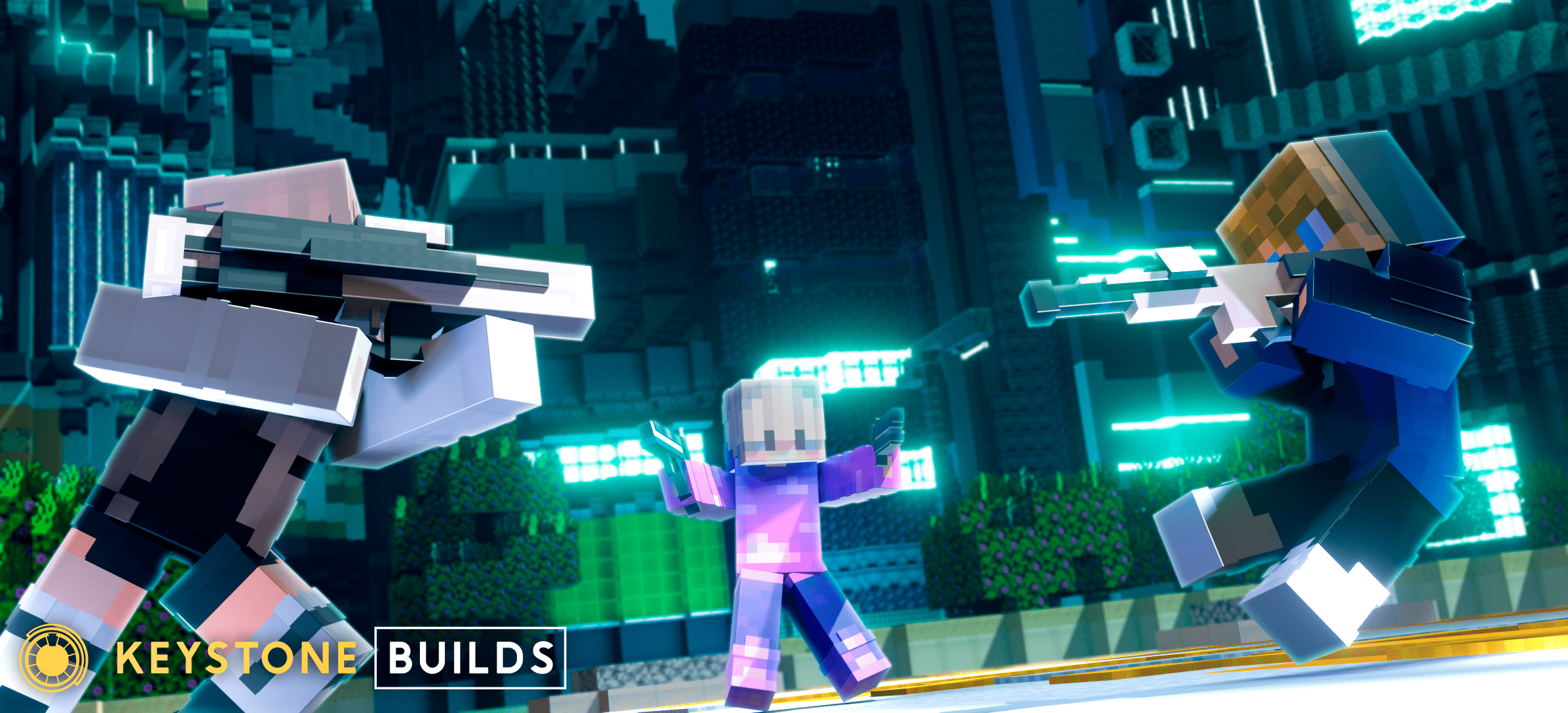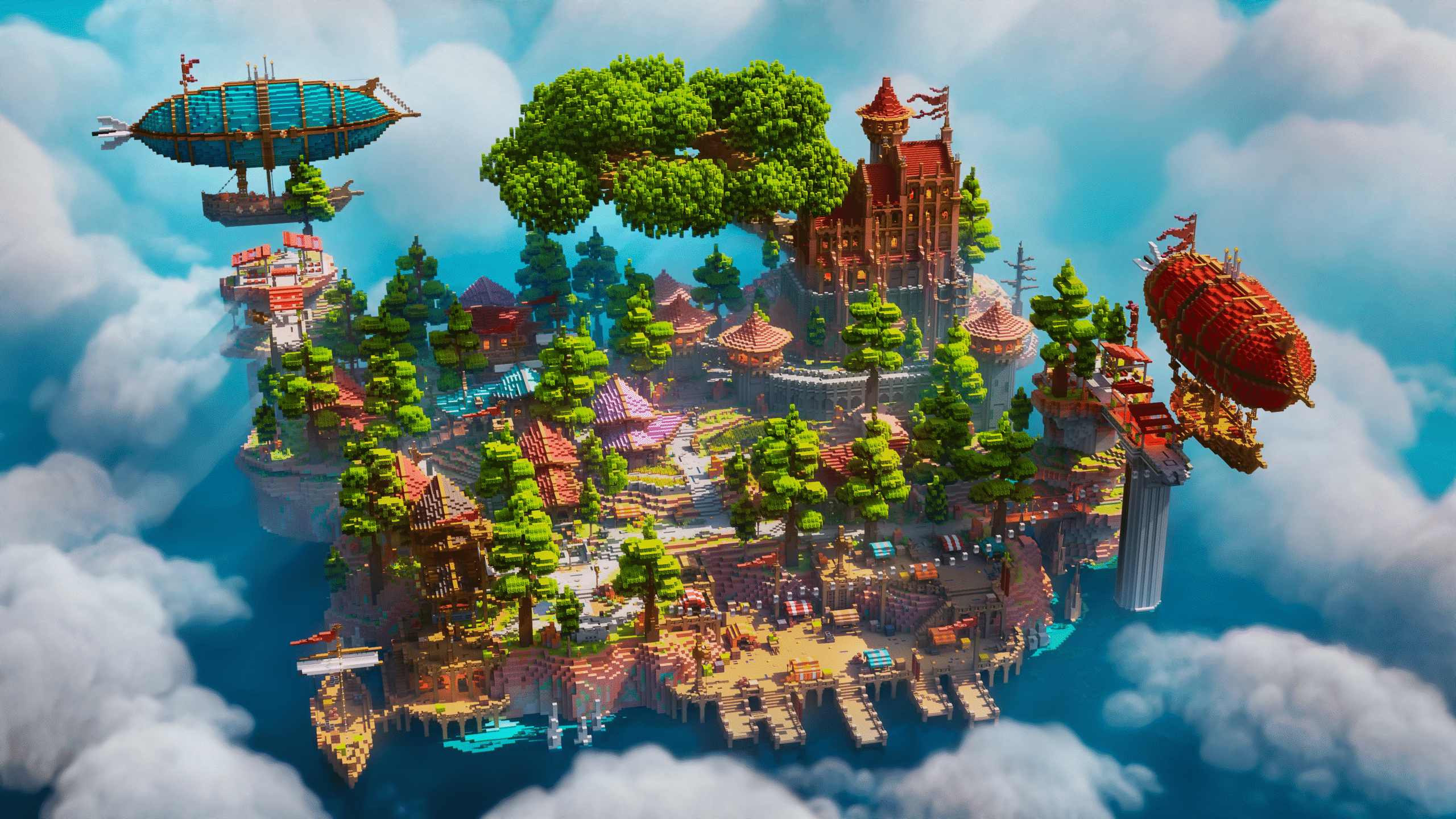Minecraft servers today aren’t just platforms for survival or minigames—they’re living worlds. Like open-world games such as Skyrim, Elden Ring, or Breath of the Wild, many Minecraft servers now offer full-scale stories, hidden secrets, evolving regions, and immersive lore.
If your server is starting to feel more like a game than a tool, your map design should evolve to match. Open-world games have mastered the art of exploration, progression, and emotional immersion—and there’s a lot Minecraft creators can borrow from their playbook.
What Open-World Games Do Right
You don’t need a game studio budget to create powerful experiences. Start by understanding how open-world games build immersion and flow.
1. Discovery-Based Layouts
- Players aren’t told everything. They’re encouraged to explore.
- Landmarks in the distance guide player curiosity.
- The world unfolds gradually, like a well-paced novel.
2. Visual Storytelling
- Ruins, overgrown temples, skeletons in cages—these tell a story without a single word.
- Terrain and structures give emotional context: is this place safe? Sacred? Haunted?
3. Dynamic Areas
- Open-world games mix:
- Safe zones (towns, shops, rest areas)
- Danger zones (hostile mobs, parkour trials, PvP)
- Treasure zones (loot, quests, rare items)
- Safe zones (towns, shops, rest areas)
This variety fuels player motivation.
Open-world success isn’t about size—it’s about purpose, pacing, and surprise.
Applying These Ideas to Minecraft Server Maps
Minecraft lets you do it all—so why not use that power like an open-world dev would?
1. Add Hidden Areas and Secrets
- Use trapdoors, vines, or water streams to conceal hidden rooms
- Reward exploration with lore books, rare items, or event keys
- Keep players guessing: “What haven’t I found yet?”
2. Create Gradual Difficulty Zones
- Let players move from cozy spawn zones into progressively more dangerous terrain
- Use elevation, color palettes, or lighting to hint at increasing difficulty
3. Environmental Storytelling
- Place broken wagons, burned forests, or abandoned towns to hint at past events
- Use different biomes to create natural transitions in mood and theme
Designing for Exploration, Not Just Function
A spawn with signs and shops is useful. A world with paths, secrets, and vibes is memorable.
How to Encourage Exploration:
- Layer your builds: Create side paths, hidden basements, overgrown rooftops
- Add lore: Books, NPC dialogue, or map-wide quests that guide players organically
- Leave some things unexplained: Let players speculate, discover, and share
Players stay longer when the world feels bigger than what they’ve already seen.
Want a Map That Feels Like a World?
At Keystone Builds, we don’t just create spawn points—we design worlds that invite discovery.
Our adventure-inspired maps are:
- Layered with storytelling details
- Structured to encourage curiosity
- Built for roleplay, questing, or open exploration
👉 If you want your server to feel like a full game, start with a map designed like one.









